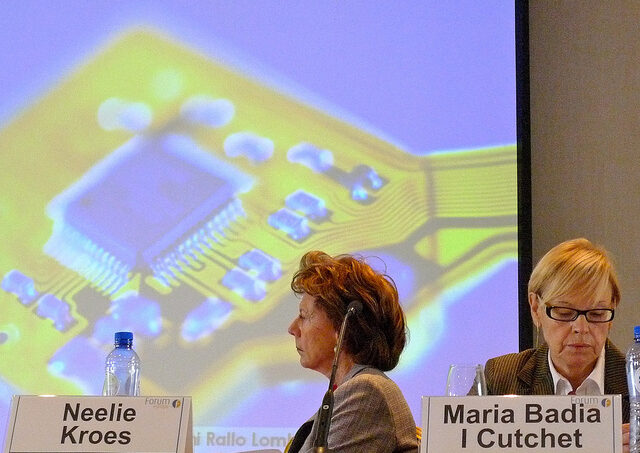
“Whether your child is an artist, a storyteller, a singer or a scientist, I’m the lovable little friend that will bring that out!” says the FisherPrice Smart Bear.
Everyone of a certain age remembers logging-on to a noisy dial-up modem and surfing the Web via AOL or AltaVista. Back then, the distinction between offline and online made much more sense. Today, three trends are conspiring to firmly confine this distinction to history. These are the mass proliferation of Wi-Fi, the appification of the Web, and the rapid expansion of the Internet of (smart) Things. Combined they are engineering multi-layered information ecosystems that enmesh around children going about their every day lives. But it’s time to refocus on our responsibilities to children before they are eclipsed by the commercial incentives that are driving these developments. Three Trends 1. The proliferation of Wi-Fi means when children can use smart phones or tablets in variety of new contexts including on buses and trains, in hotels and restaurants, in school, libraries and health centre waiting rooms. 2. Research confirms apps on smart phones and tablets are now children’s primary gateway to the Web. This is the appification of the Web that Jonathon Zittrain predicted: the WeChat app, popular in China, is becoming its full realisation. 3. Simultaneously, the rapid expansion of the Internet of Things means everything is becoming ‘smart’ – phones, cars, toys, baby monitors, watches, toasters: we are even promised smart cities. Essentially, this means these devices have an IP address that allows to them receive, process, and transmit data on the Internet. Often these devices (including personal assistants like Alexa, game consoles and smart TVs) are picking up data produced by children. Marketing about smart toys tells us they are enhancing children’s play, augmenting children’s learning, incentivising children’s healthy habits and can even reclaim family time. Salient examples include Hello Barbie and Smart Toy Bear, which use voice and/or image recognition and connect to the cloud to analyse, process, and respond to children’s conversations and images. This sector is expanding to include app-enabled toys such as toy drones, cars, and droids (e.g. Star…

